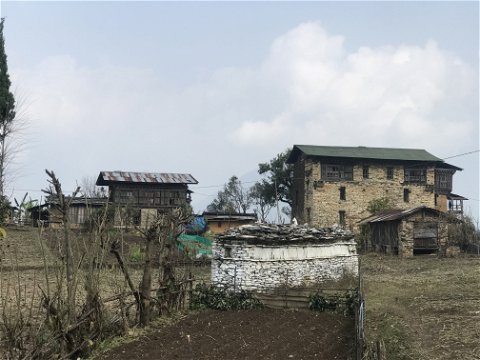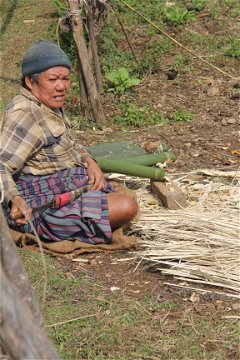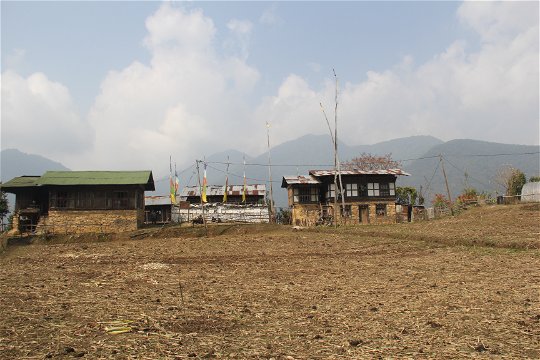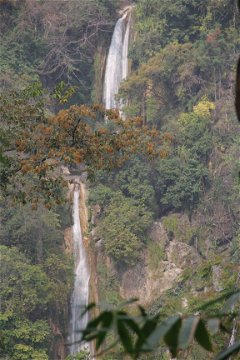Since the opening of Royal Manas National Park in 2010, numerous lodges, eco-camps and tourist standard hotels had sprung with different themes and views so that the visiting tourist could experience the natural beauty of the park. With the aim to enhance and build sustainable tourism opportunities in the park, the NGO like WWF UK had also funded in building the basic infrastructure and lodges in strategic location in the park.
Bjokha Village Excursion
Excursion of Bjoka and nearby villages is one of the key attractions of the Park and will add on to a unique cultural experience of ancient culture, traditions and beliefs
Bjoka village is about one and half hour drive from Pangbang through the heart of the Royal Manas National Park. The drive is through sub-tropical forests of giant bamboo trees and two spectacular waterfalls.
Excursion of Bjoka and nearby villages is one of the key attractions of the Park and will add on to a unique cultural experience of ancient culture, traditions and beliefs.
The local Royal palace with its black and white walls have an interesting history and story, and walking through the village, visiting the rickety bamboo-thatched huts and interacting with the villagers as you sip on Tongba – a local wine of maize, will give you an insight into how people still live happily with very basic modern infrastructure and amenities.
The people here are skilled in making cane and bamboo products (household items) which are sold all over the country and is also their main source of income.
Another attraction is the Nanglakha Monastery perched on a hilltop with a bird’s eye view of the northern parts of the Manas Park.
Further Reading
Though the Royal Manas National Park in Zhemgang is famed for wildlife viewing, nature adventure and exotic birding experience, however en-route to the Park you will be driving through the Black Mountain Ranges and High Mountain passes from where you can see the Himalayas of Bhutan.
While Bhutan is known by many names, the most relevant is “The Land of Medicinal Herbs’ as coined by the Tibetan traditional doctors as there are numerous medicinal plants and herbs grown and many not identified yet. The herbal plants/soil and the mineral rocks combine to give the hot-springs a powerful natural healing of various medicinal values which is considered to cure many diseases and ailments.



















Share This Post